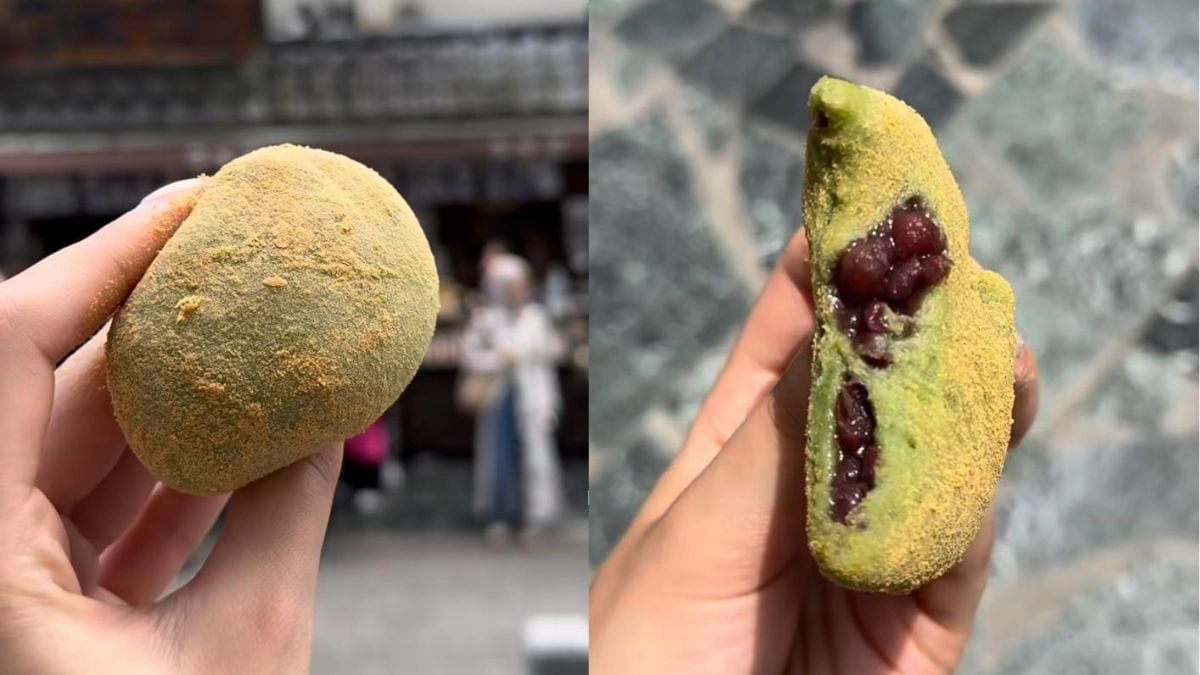A viral video showcasing the intricate art of making traditional Japanese mochi has captivated audiences across the internet, garnering widespread admiration for both the craft and the cultural significance behind this beloved delicacy. Mochi, a glutinous rice cake, is made from steamed sticky rice that is pounded into a smooth, elastic texture, often enjoyed during celebrations and as a popular snack. The video highlights the meticulous process involved in creating mochi, from the initial soaking of the rice to the rhythmic pounding that transforms it into a soft, chewy treat. Viewers are entranced by the skilled hands of the artisan, who deftly demonstrates the techniques passed down through generations.
What makes the video particularly appealing is not just the visual artistry, but also the sensory experience it evokes. The sight of the sticky rice being pounded into a pliable dough, along with the satisfying sounds of the mallet striking the rice, creates a captivating atmosphere. As the mochi takes shape, viewers can almost taste the subtle sweetness and feel the delightful texture that defines this traditional Japanese confection. The video serves as a reminder of the importance of craftsmanship and the joy found in culinary traditions, especially in a fast-paced digital age where such artisanal practices can easily be overlooked.
The response from the internet has been overwhelmingly positive, with countless comments praising the skill involved and expressing a desire to try making mochi at home. This viral phenomenon not only highlights the beauty of Japanese culture but also encourages a wider appreciation for diverse culinary practices around the world. As people share their own experiences with mochi, whether through cooking attempts or personal anecdotes, the video fosters a sense of community among food enthusiasts. It exemplifies how social media can bridge cultural divides, allowing individuals to explore and celebrate traditions that may be unfamiliar to them.
In a broader sense, the popularity of this video reflects a growing trend where audiences are increasingly drawn to authentic, relatable content that showcases the artistry behind food. As viewers become more interested in the origins of their meals, such videos serve as an educational tool, inviting them to delve deeper into the cultural significance of dishes like mochi. The simple act of making mochi, as demonstrated in the video, transforms into a celebration of heritage and craftsmanship, reminding us of the rich tapestry of culinary traditions that exist worldwide. With its delightful portrayal of mochi-making, the video not only entertains but also inspires a renewed appreciation for the art of cooking.




